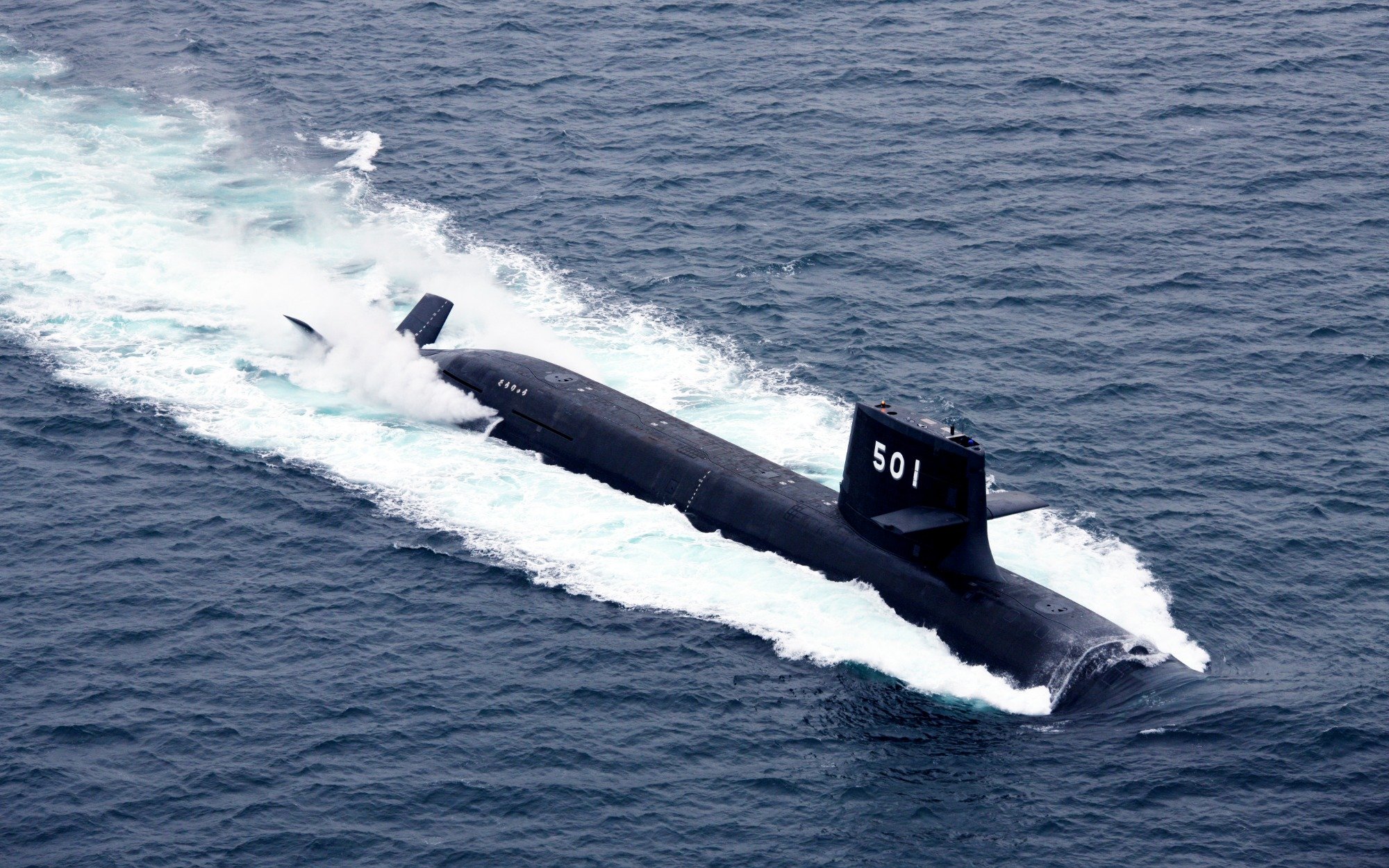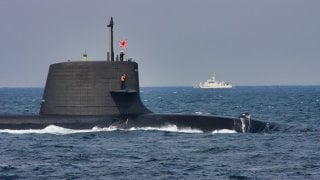Japan's Soryu-Class Submarines are Among the Best Stealth Subs Ever
Japan's Soryu-class submarines, introduced in 2009, are a key component of the Japan Maritime Self-Defense Force (JMSDF) as tensions rise in the South China Sea.
Summary and Key Points: Japan's Soryu-class submarines, introduced in 2009, are a key component of the Japan Maritime Self-Defense Force (JMSDF) as tensions rise in the South China Sea.
-Equipped with advanced lithium-ion batteries for extended underwater endurance and quieter Kockums Stirling engines, these submarines are designed for stealth and efficiency.
-Each Soryu-class submarine features six torpedo tubes capable of launching Type 89 torpedoes and UGM-84 Harpoon anti-ship missiles, making them formidable in potential conflicts with China or North Korea.
-Interest in the Soryu-class has extended internationally, with several countries considering procurement, although Japan remains the sole operator for now.
Soryu-class Subs from Japan
In order to push back at a hostile China and a nuclear North Korea, Japan is modernizing its naval capabilities.
Tensions in the South China Sea are only growing, as outlined in Tokyo’s annual white paper released earlier this month.
If a full-blown conflict were to erupt, Japan would likely lean on its advanced fleets of Soryu- and Taigei-class submarines.
The Taigei-class is the Japan Maritime Self-Defense Force’s newest stealth submarine. With its weapons capacity, high-strength steel, and lithium-ion batteries designed for greater underwater endurance, these boats are widely considered some of the best in service today.
However, the Taigei’s predecessor should not be overlooked. In fact, Japan’s Soryu-class boats share some impressive attributes with their Taigei counterparts.
Introducing the Soryu-Class
Japan’s first air-independent propulsion submarine class was introduced to service in 2009. Compared to previous submarine classes with lead-acid batteries, the Soryu’s lithium-ion batteries provide greater power storage.
Since submarines are most vulnerable to detection and enemy attack while surfaced, technologies that keep these boats underwater for longer stretches of time are vital. Lithium-ion batteries recharge more quickly than lead-acid batteries. The class’s eleventh submarine, Oryu, is the first to mount these batteries.
Specs & Capabilities
Soryu submarines are equipped with Kockums Naval Solutions Stirling engines adapted from engines used in Sweden. As explained previously by Caleb Larson, “The unique engine uses bottled liquid oxygen so that the engine’s diesel fuel can combust. The advantage of this propulsion system is that it runs much quieter than a traditional diesel engine. Furthermore, its range is estimated to be around 6,100 miles or about 9,800 kilometers.”
The lead ship of the class, Soryu, commissioned in 2009, was followed by Unryu, Hakuryu, Kenryu, Zuiryu, Kokuryu, Jinryu, Sekiryu, Seriyu, Shoryu and Oryu. Each Soryu submarine measures 84 meters in length and can sail up to 20 knots when fully submerged.

Each submarine features six HU-606 533 mm torpedo tubes for Type 89 torpedoes and UGM-84 Harpoon anti-ship missiles, according to Naval Technology. The Soryu boats also field cutting-edge sensors, radars and countermeasures.
The Soryu subs are so impressive that several nations have approached Tokyo about possible procurements. Morocco, India, Norway, Taiwan, the Netherlands, and Australia have expressed interest in purchasing the submarine-class. While Japan remains the only country today to field these impressive boats, future deals could permit the Soryu ships to sail for other nations down the line.
About the Author: Maya Carlin
Maya Carlin, National Security Writer with The National Interest, is an analyst with the Center for Security Policy and a former Anna Sobol Levy Fellow at IDC Herzliya in Israel. She has by-lines in many publications, including The National Interest, Jerusalem Post, and Times of Israel. You can follow her on Twitter: @MayaCarlin.
All images are Creative Commons.


